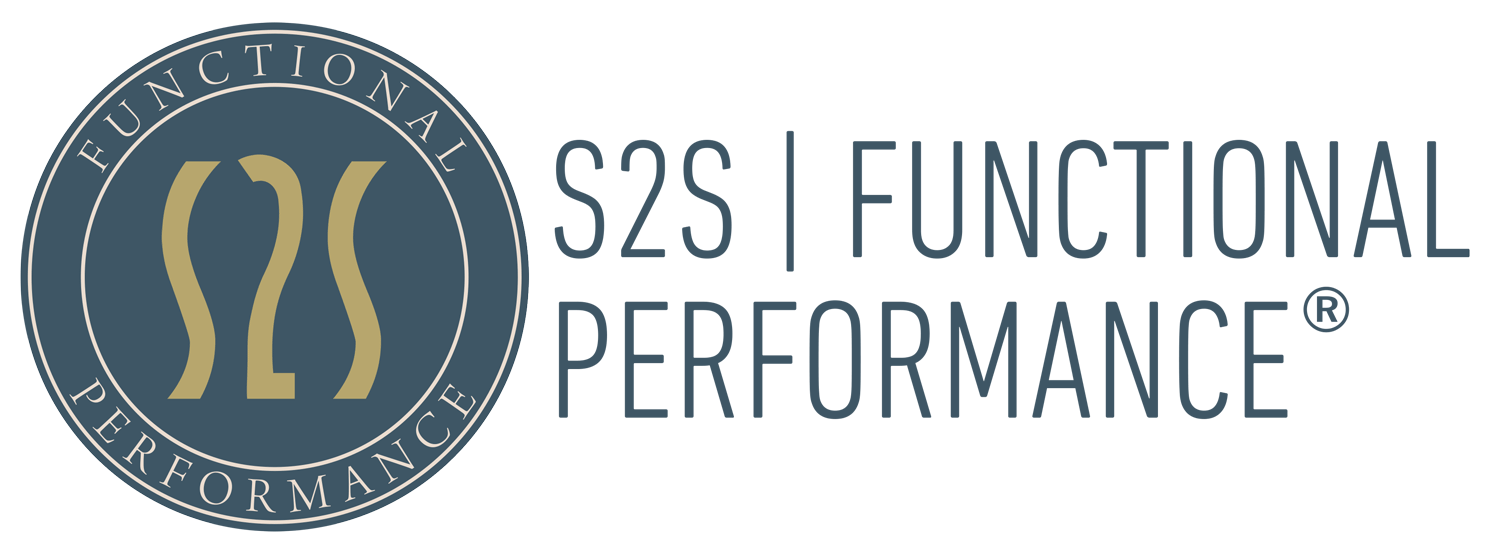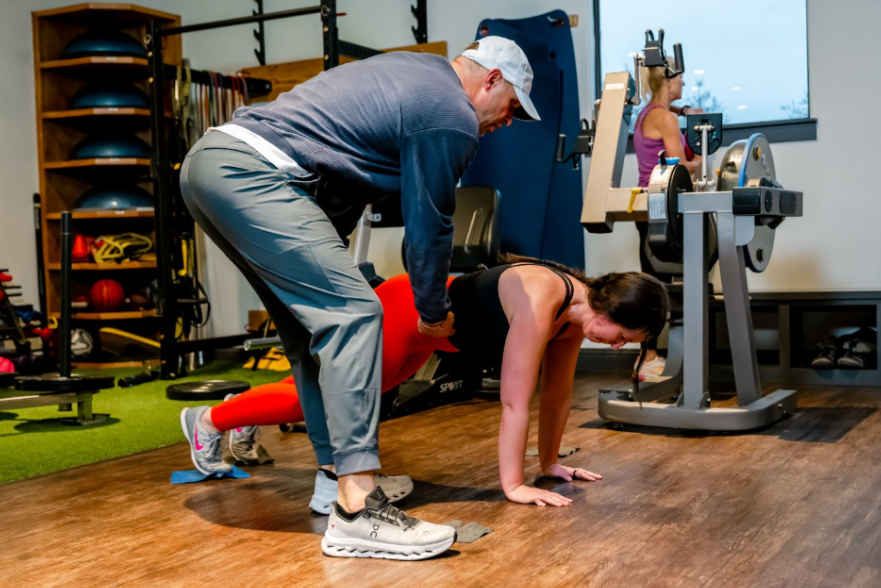Is Your Low Back Pain Caused by Weak Core Muscles? Here’s What to Do
Low back pain is one of the most common physical complaints among adults, and it often comes without a clear cause. However, many people don’t realize that the root of their discomfort could be weakness in their core muscles. If your back pain lingers or returns regularly, your core strength, or lack of it, may be playing a major role.
What Is the Core, Really?
The core is more than just your abdominal muscles. It includes a group of deep and surface-level muscles that work together to stabilize the spine, pelvis, and hips. These muscles include:
- Transverse abdominis
- Multifidus
- Obliques
- Rectus abdominis
- Pelvic floor muscles
- Diaphragm
- Glutes
- Spinal erectors
When any part of this system is underdeveloped or not working efficiently, your spine takes on more of the stress during movement. Over time, this leads to poor posture, limited mobility, and recurring low back pain.
How Core Weakness Leads to Low Back Pain
Your spine relies on core support to stay aligned and stable during everyday movement. A weak or inactive core can result in:
- Poor posture and spinal misalignment
- Compensatory movement patterns that place excess strain on the lower back
- Reduced stability during walking, lifting, or twisting
- Muscle imbalances that make one side of your body work harder than the other
These issues don’t just cause discomfort. They can lead to long-term problems such as disc degeneration, nerve impingement, or chronic inflammation.
Common Signs Your Core Is Weak
If you’re unsure whether your core might be part of the problem, here are a few common signs:
- You rely heavily on your lower back muscles when standing or lifting
- You experience low back pain after sitting or standing for long periods
- Your balance feels off or unstable
- Your pelvis tilts forward when standing (anterior pelvic tilt)
- You have trouble activating or “engaging” your abdominal muscles
A physical therapist or movement specialist can assess your core function and identify any compensation patterns or weakness contributing to your pain.
How to Strengthen Your Core Safely
You don’t need to perform hundreds of crunches to improve your core strength. In fact, many core exercises that involve excessive spinal flexion can make low back pain worse. A balanced approach focused on deep core engagement, stability, and controlled movement is more effective.
At S2S Functional Performance®, our expert-led training programs are designed to support core strength and spine health through:
1. Pilates-Based Core Training
Pilates is a powerful tool for developing deep abdominal control and improving spinal stability. Our certified Pilates instructors guide you through controlled movements that engage the core without overloading the lower back.
2. Functional Training for Core Stability
Our small group or one-on-one Hardcore® functional training classes combine strength circuits with core-stabilizing exercises. These movements are designed to mimic real-life activities while helping you build muscular endurance and postural control.
3. Physical Therapy and Movement Assessments
Our licensed physical therapists evaluate your current movement patterns, posture, and core activation. From there, they create a customized plan that addresses pain points, retrains faulty movement, and builds core support where it’s needed most.
Best Core Exercises for Low Back Pain
Here are a few core exercises that are safe and effective when performed correctly:
- Dead bugs
- Bird dogs
- Glute bridges
- Pelvic tilts
- Modified side planks
- Stability ball rollouts
- Wall sits with abdominal bracing
Every movement should be done with intention. That means keeping a neutral spine, engaging the transverse abdominis (your deepest abdominal muscle), and avoiding compensation from your neck or hips.
Why Core Strength Matters Long-Term
A strong core is essential for more than just preventing low back pain. It improves overall functional movement, posture, coordination, and injury prevention. Whether you’re lifting groceries, running a marathon, or simply sitting at your desk, your core is constantly working to support your spine.
When your core is strong and activated, it redistributes effort throughout your entire kinetic chain. That means your back muscles don’t carry the load alone.
Train Smarter, Not Harder with S2S
If you’ve been dealing with low back pain and aren’t sure what to do next, start with your core. At S2S Functional Performance, our team is here to guide you through safe, customized programs that support spinal health, movement longevity, and whole-body wellness.
From Frisco to Flower Mound, we help clients reduce pain, move better, and feel stronger at every stage of life.
Ready to take the first step?
Schedule a free consultation or explore our Pilates, functional training, or physical therapy services to get started.

